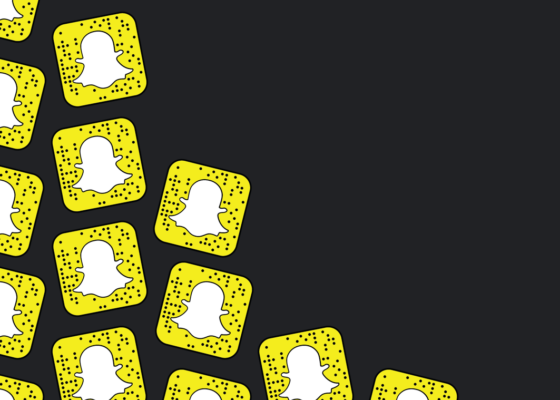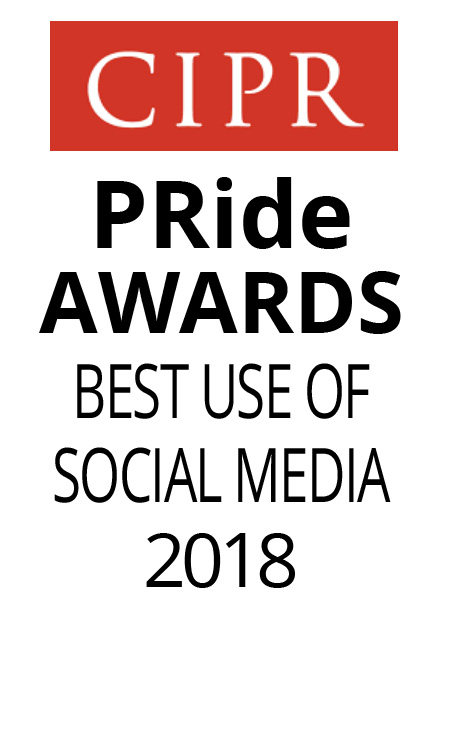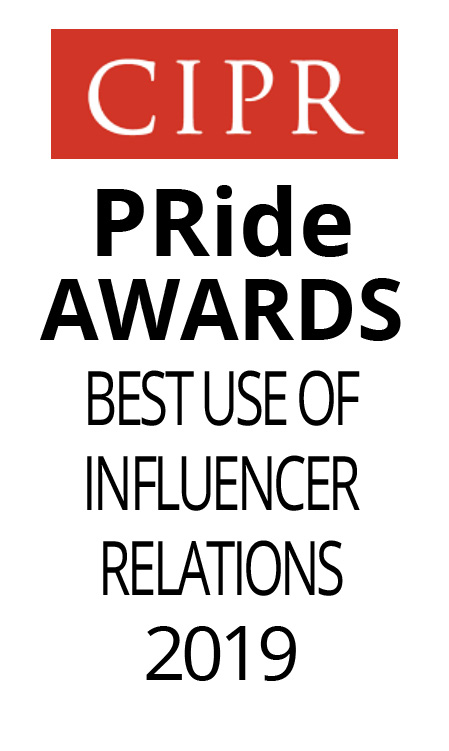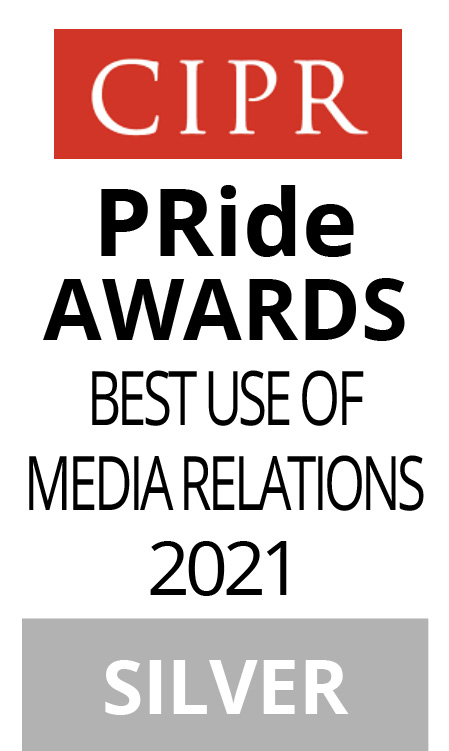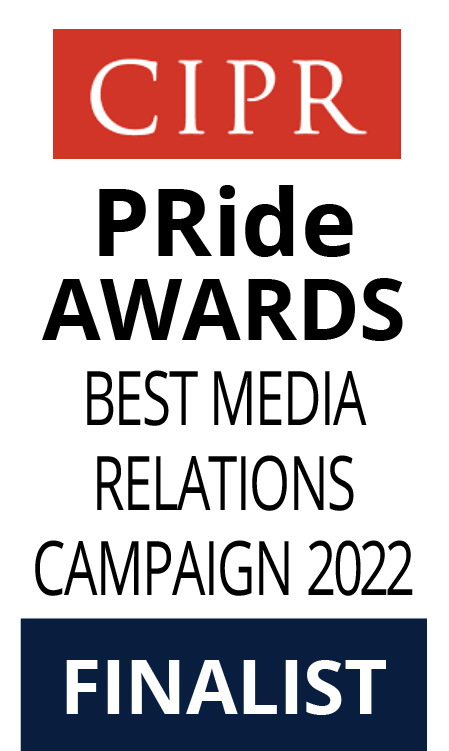We’ve all seen them – the countless animal-eared, sunglass-clad, hat-wearing selfies – taken using Snapchat. It’s a wildly popular social media platform, especially with today’s young people – it’s a fun, impromptu and fleeting way of communicating, with photos or videos only appearing for up to 10 seconds.
In the most eagerly anticipated tech IPO since Facebook in 2012, Snapchat went public last week – and its shares have been up and down since. In the light of this uncertainty, we wanted to take a look at Snapchat’s functions and values as a new social media phenomenon, and consider what it might be worth.
Unlike Facebook, which strives to create a record of its users’ lives, “Snapchat offers liberating impermanence”. And its figures show that this is a popular concept: Snapchat has revealed it generates over $400 million in annual sales and has 158 million people using its app on a daily basis.
Although this isn’t as many as Facebook, with about 1.2 billion checking their Facebook account daily, Snapchat claims their users are much more engaged than Facebook’s – two-thirds of them check the app every day – and the average daily user visits the app 18 times a day, spending an average of 25-30 minutes a day sending and watching snaps from friends, celebrities and advertising brands.
And there’s no doubt that the app is quickly evolving from a ‘chat’ platform that gave Snapchat its name. Over the years it has steadily increased advertising and added news. Last month, Snapchat launched its annual filters for UK brands, and last year began selling its Spectacles – eyeglasses that can take photos and record videos. So does this mean brands should be on Snapchat? Is it an effective channel to convey a business message?
I think time will tell. When Snapchat first become popular, the novelty of masking selfies and wacky filters was fun, new, and different from the sleek offerings of Instagram. And I do still think Snapchat can be fun…when I remember to use it. But it’s not indispensable to me – I skip the ads, I don’t use it for news. In fact, a recent survey claims that 69 percent of its respondents said they ‘always’ or often’ skip adds on Snapchat, and 61 percent said they didn’t follow any news organisations on the app. So it seems it’s neither a necessary tool for communication nor a reliable source for information, and paid-for brand adverts don’t seem to be worth it over 50% of the time.
The Sunday Times issued a warning before the app went public, listing six reasons why Snap’s float could flop, from growth not equalling profit to lack of proof from the app that it can actually make money. Meanwhile, I’m starting to wonder, although its user figures are impressive, whether the whole concept of disappearing photos and videos is simply another digital fad.
I’m not saying there is no value in Snapchat for brands. Adidas or Amazon are good examples of brands using Snapchat effectively. They have used the app to help show their brand’s personal side and reach a young demographic in a way which engages them. Snapchat connects with audiences ‘in the moment’, in a unique and creative way. But it’s still very much new territory and we’ll have to wait to see long-term effect and measure success.
If you’re a brand thinking about how you can use Snapchat – whether you should be on it, how to use it, its advertising functions – my advice is to tread carefully. Think about your market, test the waters, and take it slow. You can always talk to a team of digitally-minded PRs (like us at Twelve) too…!
